Edit Content
- EYEGLASSESSHOP BY BRANDSHOP BY STYLE
- RE-LENSING
- HELP & ADVICE
- ABOUT US
- NEWS
- CONTACT US
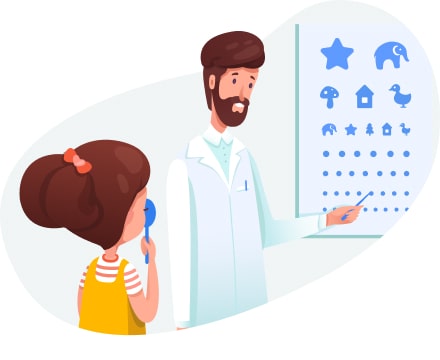
Vision at 3 to 4 Years Old
Vision at 4 to 6 Years Old
Watch for milestones, but remember that children develop at different rates. While delays can be normal, discuss it with your doctor when you see one. Watch for signs of vision problems, like head tilting, blinking or squinting a lot, or avoiding reading.
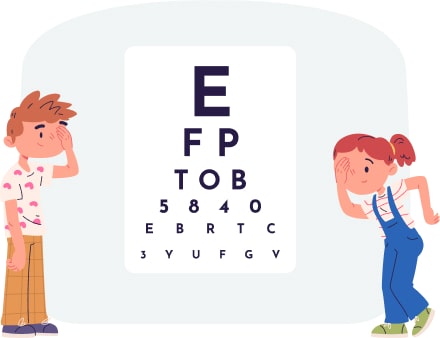
Refractive errors are very common. They cause blurry vision and are corrected with glasses or contact lenses. There are three main refractive errors:
It is possible to have two or more refractive errors simultaneously. Refractive errors can lead to more serious vision problems and interfere with school performance without treatment.
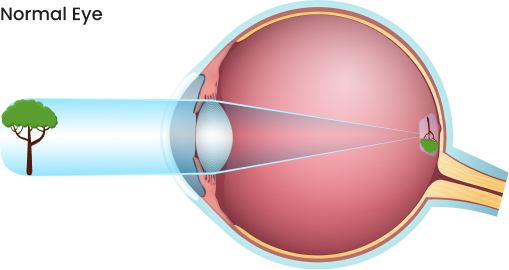
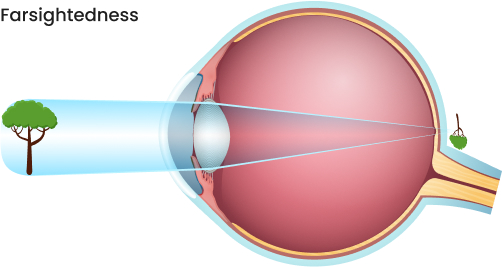

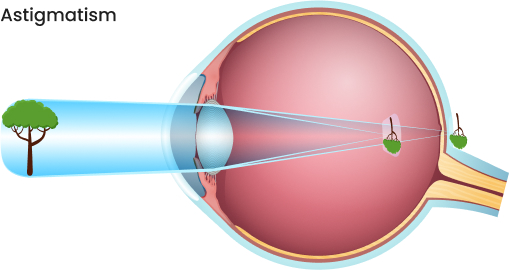

Strabismus occurs when the eyes are misaligned and point in different directions. Both eyes must work together for healthy vision to develop into adulthood.
Amblyopia (lazy eye) is when one or both eyes do not develop normal vision during childhood. Eye problems like strabismus or refractive errors keep the eye from seeing correctly. This leads to a lazy eye.
A child is not likely to tell you their vision is blurry. And often, a parent does not see signs of strabismus, amblyopia, or refractive errors. This is why screening for eye disease during these critical years is so important.
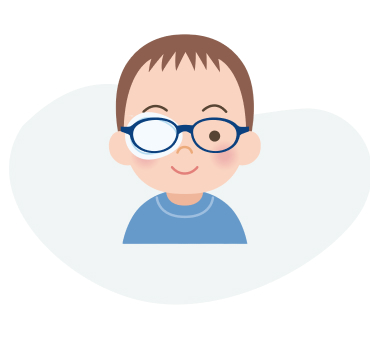
Ensuring proper vision correction in childhood is vital for your child’s comprehensive development. Clear vision not only enhances learning and social interactions but also plays a critical role in ensuring their safety. When vision issues go uncorrected, it can result in significant challenges at school, behavioral issues, and a detrimental impact on self-esteem. Investing in your child’s ocular health today paves the way for their brighter future tomorrow.
You can support your child’s visual development and overall well-being by prioritizing proper vision correction and selecting appropriate eyeglasses.
More time outdoors may lower a child’s risk for myopia. A study looked at kids who spent 40 extra minutes outdoors each day. These kids lowered their risk of getting myopia or more severe myopia (stronger prescriptions/eyeglasses). The kids who spent more time indoors (reading or on their devices) were likelier to get myopia or severe myopia.
While there is no direct link, the study supports that balancing outdoor time with indoor time benefits a child’s health and well-being.
© All rights reserved. Website designed and developed by OptiCommerce.